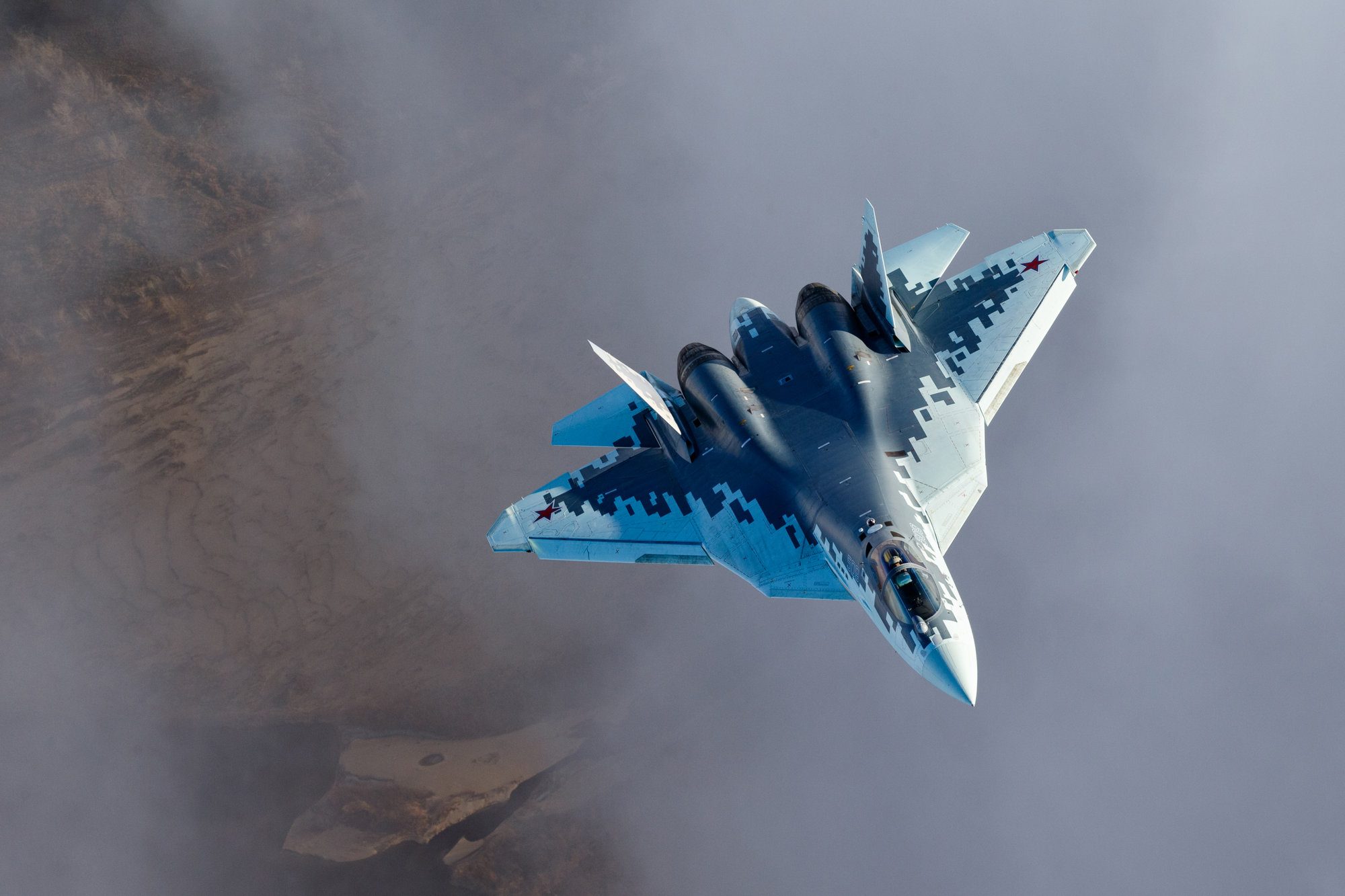The United States faces significant national security headwinds, the likes of which it has not seen since the Cold War. Whether considering technological challenges, industrial base considerations, or basic fiscal realities, adversaries are rapidly eroding security advantages enjoyed by the US over the last several decades. Aerospace power empowered by the attributes of the information age will allow the US to pursue strategies that will yield effective, prudent policy options amidst these new realities.
Nations seeking to compete against the United States, especially China, are aggressively leaning forward in developing new technologies, gaining mass production advantages, and committing significant funds to defense. For example, when it comes to hypersonic flight, which involves flying over five times the speed of sound, the US is no longer the clear-cut leader. China, Russia, and others have prioritized fielding hypersonic missiles that would easily defeat present US defensive systems. Forward bases, space and cyber facilities, ships at sea, amphibious forces, and other important targets would find themselves exceedingly exposed to such a threat—a truly game-changing development. Competitors have also sought to make gains in military technologies once the sole purview of the US. Investment areas include stealth fighters, stealth bombers, and advanced command and control networks empowered by a broad array of sensors and computing power.

From an industrial mass production vantage, China now stands as the dominant supplier for much of the globe. This portends significant consequences for America’s defense sector, with alternate sources for key technologies difficult to find. Computer circuit boards stand at the top of this list. Domestic suppliers have nearly vanished in the face of China’s systematic quest to match low pricing with volume production. The situation becomes even more complex when the subject of rare earth metals is introduced into the equation. Just as a US citizen would find it nearly impossible to purchase a smart phone free of Chinese components, so too does the US military when it seeks to buy the tools necessary for operations in the information age. The key takeaway from this reality is that the US no longer enjoys the production advantage it once enjoyed. The forces it will need to deter, fight, and win tomorrow must be procured today.
Financially, while global economic trends are difficult to forecast, servicing the burgeoning US debt and rising mandatory federal budget spending will challenge the availability of resources for defense and related priorities like science and technology research. In the decade following the Cold War, leaders aggressively cut the scale and scope of aerospace forces. After the attacks on 9/11, defense resources were overwhelmingly focused on land operations in Afghanistan and Iraq. Thirty years later, aerospace forces, the very tools necessary to address top national security threats, are in dire need of reset. The Air Force has never fielded such a small and old fleet of aircraft in its entire history. A force that averages over a quarter of a century in age, well before the rise of wireless connectivity and ubiquitous processing power, will find itself woefully ill-equipped to survive against modern threats. Concurrently deprived of mass forces, this is a disastrous set of circumstances. Modernization is imperative, but investments must be prioritized prudently to ensure available resources yield leaders the most effective set of available options.
In combining the net effect of these dynamics, the US will face highly capable adversaries that may enjoy the benefits of mass and increased lethality. In many ways, the circumstances mirror those that faced the United Kingdom in 1940 during the Battle of Britain, when Germany attacked England with a superior force than that possessed by the Royal Air Force (RAF). Victory for the British forces hinged upon information. Radar and a robust ground spotter network empowered command and control centers to precisely guide limited British fighter aircraft to intercept attacking bomber formations. Ensuring available defenders were at the right time and place was crucial in boosting mission effectiveness and efficiency. These same principles will prove essential to US aerospace forces in the modern era. Harnessing incredibly capable sensors, processing power, and real-time connectivity will allow the right assets to partner real-time to net desired objective in an incredibly effective, efficient fashion. While this is not a new concept in warfare, modern technology is radically enhancing the potential behind this approach. Cognition and partnering will be the key to victory.

